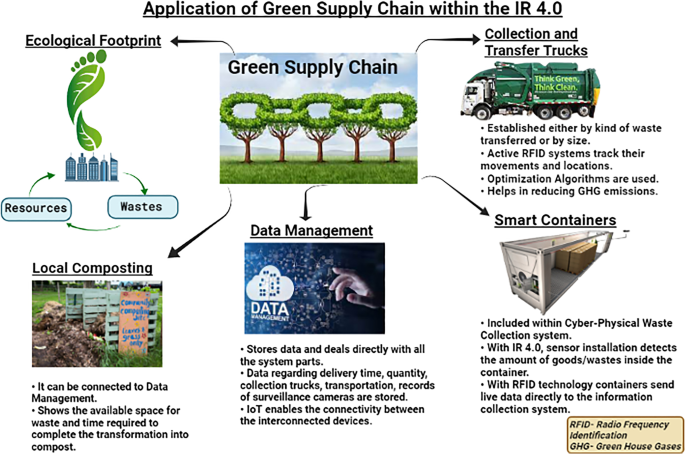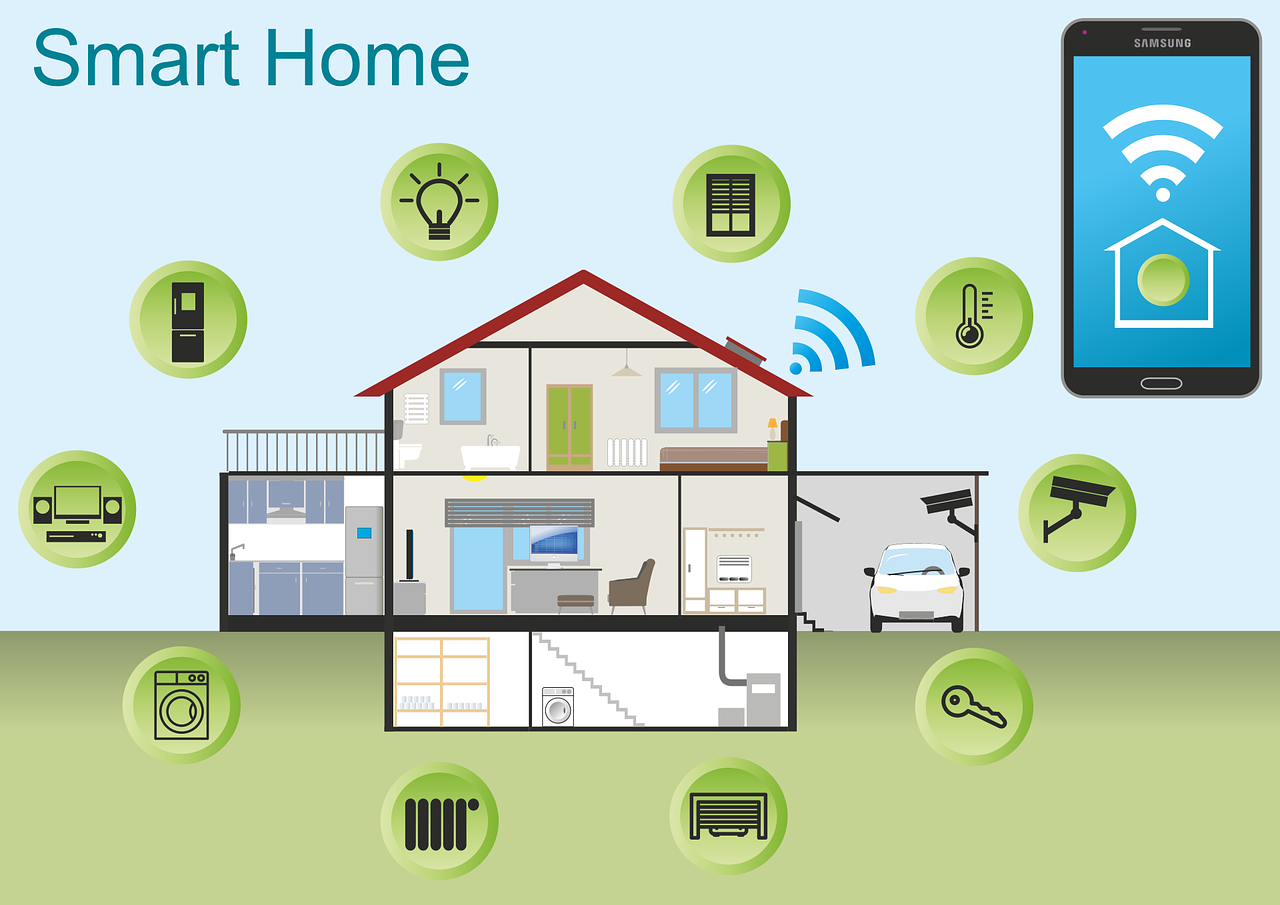Blockchain and cryptocurrencies have revolutionized the way we think about digital transactions. They are secure, decentralized, and immutable systems that have changed the financial world.
In this in-depth guide, we’ll go over everything you need to know about blockchain and cryptocurrencies, from the basics to the advanced concepts.
What is Blockchain?
Blockchain is a distributed, public ledger that records transactions securely without the need for a middleman. Blockchain technology is based on cryptographic algorithms that create a secure and decentralized network.
Each network participant, or node, maintains a copy of the entire ledger, which means that it’s impossible for any single entity to change or tamper with the information held in the system. This makes blockchain highly secure and transparent.
What Are Cryptocurrencies?
Cryptocurrencies are digital currencies that use cryptographic algorithms to secure and verify transactions on the blockchain network. They are decentralized, which means that they are not controlled by any government or financial institution.
Cryptocurrencies can be used to buy goods and services, and they can also be traded on exchanges. Some of the most popular cryptocurrencies include Bitcoin, Ethereum, and Litecoin.
How Does Blockchain Work?
Blockchain technology works by creating a secure, decentralized network where every transaction is verified by the network participants. This is done through a consensus mechanism that ensures the integrity of the blockchain.
Each block of transactions is added to the blockchain in a chronological order, creating a record of all transactions that have ever occurred on the network. Each block has a unique digital signature that ensures its authenticity, and once a block is added to the blockchain, it cannot be modified or deleted.
What Makes Blockchain Secure?
Blockchain is highly secure because it uses advanced cryptography to ensure the integrity of the network. Each transaction on the blockchain is verified by network participants, and once it’s added to the blockchain, it cannot be tampered with.
Additionally, blockchain is decentralized, which means that there is no single point of failure. The information held on the blockchain is distributed among network participants, and each participant maintains a copy of the entire ledger. This ensures that even if one node is compromised, the integrity of the system is still maintained.
What Are the Advantages of Blockchain?
Blockchain technology has several advantages, including:
1. Decentralization: Blockchain is not controlled by any single entity, making it highly resistant to censorship and control.
2. Transparency: All transactions on the blockchain are transparent and visible to all network participants, making it difficult to hide fraudulent activity.
3. Security: Blockchain uses advanced cryptography to secure transactions and protect the integrity of the network.
4. Efficiency: Blockchain transactions are processed much faster than traditional transactions, and they are also cheaper.
What Are the Advantages of Cryptocurrency?
Cryptocurrency has several advantages, including:
1. Decentralization: Cryptocurrencies are not controlled by any government or financial institution, making them highly resistant to control and censorship.
2. Anonymity: Cryptocurrencies offer a high degree of privacy, allowing users to remain anonymous when making transactions.
3. Security: Cryptocurrencies use advanced cryptographic algorithms to secure transactions and protect users’ digital assets.
4. Lower transaction fees: Cryptocurrency transactions are typically cheaper than traditional financial transactions, particularly for international transactions.
In conclusion, blockchain and cryptocurrencies are two of the most exciting technologies to emerge in recent years. They offer significant advantages over traditional financial systems, including decentralization, security, transparency, efficiency, and anonymity. By understanding how they work, we can harness the power of these technologies to create a fairer, more secure, and more efficient financial system.











